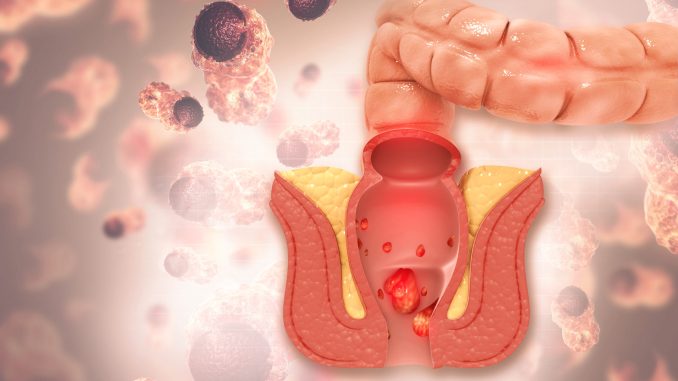
Anal cancer is a relatively rare form of cancer that affects the tissues of the anus. While it may not receive as much attention as other types of cancer, it’s important to be aware of its early warning signs and risk factors. Detecting anal cancer in its early stages can significantly improve the chances of successful treatment and recovery. In this article, we will discuss six early warning symptoms of anal cancer and explore its associated risk factors.
1. Persistent Anal Pain or Discomfort
One of the primary warning signs of anal cancer is persistent anal pain or discomfort. This pain may vary in intensity and may be present during bowel movements or even at rest. If you experience ongoing anal pain that doesn’t seem to subside with time or usual treatments, it’s essential to consult a healthcare professional for further evaluation.
2. Rectal Bleeding
Rectal bleeding is another common symptom of anal cancer. It may manifest as blood in the stool, on toilet paper after wiping, or in the toilet bowl. Although rectal bleeding can be caused by various conditions, such as hemorrhoids or anal fissures, it’s crucial not to dismiss it as a benign issue. If you notice persistent or unexplained rectal bleeding, it’s recommended to seek medical attention for a proper diagnosis.
3. Changes in Bowel Habits
Changes in bowel habits, such as persistent diarrhea or constipation, may indicate a potential issue, including anal cancer. If you experience a prolonged alteration in your regular bowel movements without any obvious cause, it’s advisable to consult a healthcare professional. They can assess your symptoms and determine the underlying cause, including the possibility of anal cancer.
4. Anal Itching or Irritation
Frequent and persistent anal itching or irritation can be a symptom of various conditions, including anal cancer. This itching may be accompanied by a sense of discomfort or a burning sensation around the anal area. If over-the-counter remedies or lifestyle changes do not alleviate the symptoms, it’s essential to seek medical advice to rule out any serious underlying conditions.
5. Changes in Stool Appearance
Noticeable changes in the appearance of your stool should not be ignored, as they could be indicative of anal cancer or other gastrointestinal issues. Pay attention to any significant changes in the color, consistency, or shape of your stool, such as persistent pencil-thin or ribbon-like stools. These changes, especially if accompanied by other warning signs, should prompt a visit to your healthcare provider for further evaluation.
6. Lumps or Swelling in the Anal Area
The presence of lumps, swelling, or palpable masses in or around the anal area can be an alarming sign of anal cancer. These abnormal growths may be accompanied by pain, tenderness, or a feeling of fullness. If you notice any unusual lumps or swelling that persist for an extended period, it’s crucial to have them examined by a healthcare professional.
Risk Factors for Anal Cancer
While anal cancer can affect anyone, certain factors can increase an individual’s risk of developing the disease. These include:
- Human Papillomavirus (HPV) Infection: HPV is a sexually transmitted infection that is strongly associated with anal cancer. Individuals with a history of HPV infection, particularly the high-risk strains, are at a higher risk.
- Weakened Immune System: People with weakened immune systems, such as those living with HIV/AIDS or who have undergone organ transplantation, are more susceptible to anal cancer.
- Anal Intercourse: Engaging in receptive anal intercourse without adequate protection can increase the risk of developing anal cancer.
- Smoking: Cigarette smoking has been linked to a higher likelihood of developing anal cancer.
- Age and Gender: Anal cancer is more commonly diagnosed
Share this:
- Click to share on Facebook (Opens in new window)
- Click to share on Twitter (Opens in new window)
- Click to share on WhatsApp (Opens in new window)
- Click to share on Reddit (Opens in new window)
- Click to share on Telegram (Opens in new window)
- Click to share on Pinterest (Opens in new window)
- Click to share on LinkedIn (Opens in new window)